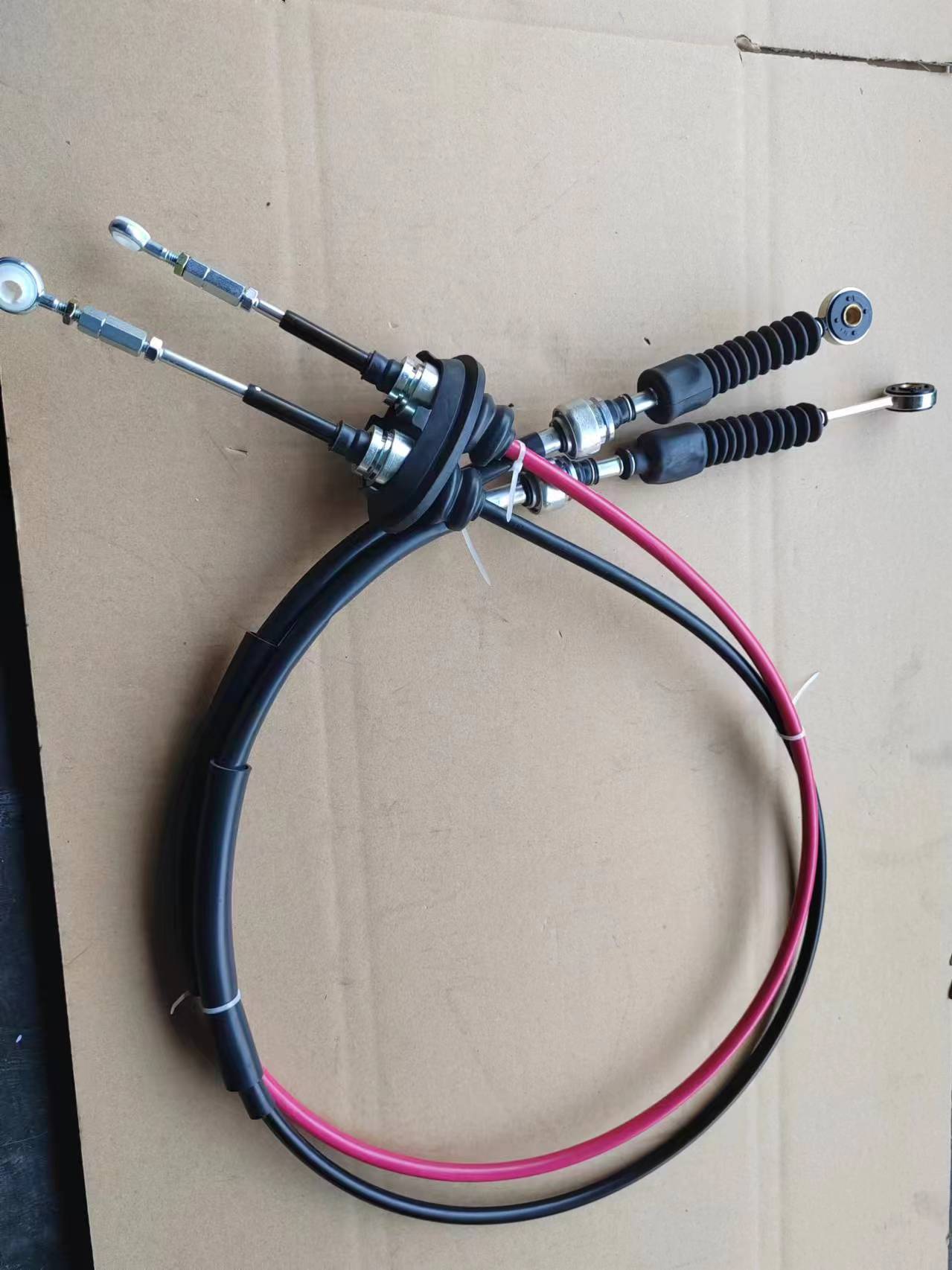Understanding Gear Shift Linkage Cable Functionality and Importance in Vehicles
Understanding Gear Shift Linkage Cables A Guide
The gear shift linkage cable is a vital component in the operation of a vehicle's transmission system. This cable serves as a connector between the gear shifter and the transmission itself, allowing the driver to control the vehicle's speed and power efficiently. Understanding its function, common issues, and maintenance can significantly enhance your driving experience and the longevity of your vehicle.
What is a Gear Shift Linkage Cable?
At its core, the gear shift linkage cable is a flexible and durable cable that transmits the driver's input from the gear lever to the transmission. When a driver moves the gear shifter, the movement is transmitted through the cable to shift gears. Most modern vehicles use either a manual or automatic transmission system, and the gear shift linkage cable functions slightly differently in each.
In a manual transmission system, the cable moves the fork or lever within the transmission, engaging and disengaging the gears based on the driver's input. In automatic transmission vehicles, the linkage cable assists in controlling the valve body and coordinating the transmission's shifting process based on the accelerator position and vehicle speed.
Common Issues with Gear Shift Linkage Cables
Like any vehicle component, gear shift linkage cables can develop problems over time
. Some common issues include1. Fraying or Breaking Due to constant movement and exposure to various environmental conditions, cables can fray or even break. A broken cable will prevent the driver from shifting gears effectively, leading to potential safety issues.
2. Misalignment Improper installation or wear over time can cause the cable to become misaligned. This may result in difficult gear engagement, or in serious cases, the inability to shift gears at all.
3. Corrosion Especially in older vehicles, moisture can accumulate and lead to rust or corrosion on the cable connectors. This may create stiffness, hindering smooth operation.
gear shift linkage cable

4. Binding or Sticking Dirt, grime, and debris can accumulate within the cable housing, making it difficult for the cable to move freely. This can lead to jerkiness or delays in shifting and can affect performance significantly.
Maintenance Tips for Gear Shift Linkage Cables
Regular maintenance of the gear shift linkage cable is crucial for ensuring smooth transmission performance. Here are some tips to keep it in good condition
1. Routine Inspection Regularly check the cable for any signs of wear or damage. Look for frayed edges or corrosion and replace the cable if you notice any issues.
2. Cleanliness is Key Keeping the area around the linkage clean ensures that dirt and grime do not build up. Use a damp cloth to wipe down the connection points regularly.
3. Lubrication Ensure that the cable’s connection points are properly lubricated. This reduces friction, ensuring smoother operation and extending the cable’s life.
4. Professional Servicing If you notice persistent issues with shifting or suspect your cable may be damaged, having a professional mechanic inspect your vehicle can save you time and money in the long run.
Conclusion
The gear shift linkage cable is an integral part of your vehicle’s transmission system, enabling effective gear shifting essential for optimal vehicle performance. Being aware of its function, potential issues, and maintenance strategies can enhance safety and prolong the lifespan of your vehicle. Regular attention to this component can prevent serious issues, ensuring a smoother, more reliable driving experience. Whether you are a seasoned mechanic or a casual driver, understanding your gear shift linkage cable is key to keeping your vehicle running smoothly.
-
Workings of Clutch Pipe and Hose SystemsNewsJun.04,2025
-
The Inner Workings of Hand Brake Cable SystemsNewsJun.04,2025
-
The Secrets of Throttle and Accelerator CablesNewsJun.04,2025
-
The Hidden Lifeline of Your Transmission Gear Shift CablesNewsJun.04,2025
-
Demystifying Gear Cables and Shift LinkagesNewsJun.04,2025
-
Decoding Clutch Line Systems A Comprehensive GuideNewsJun.04,2025
